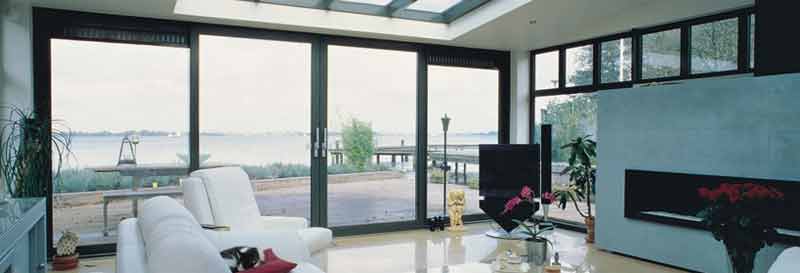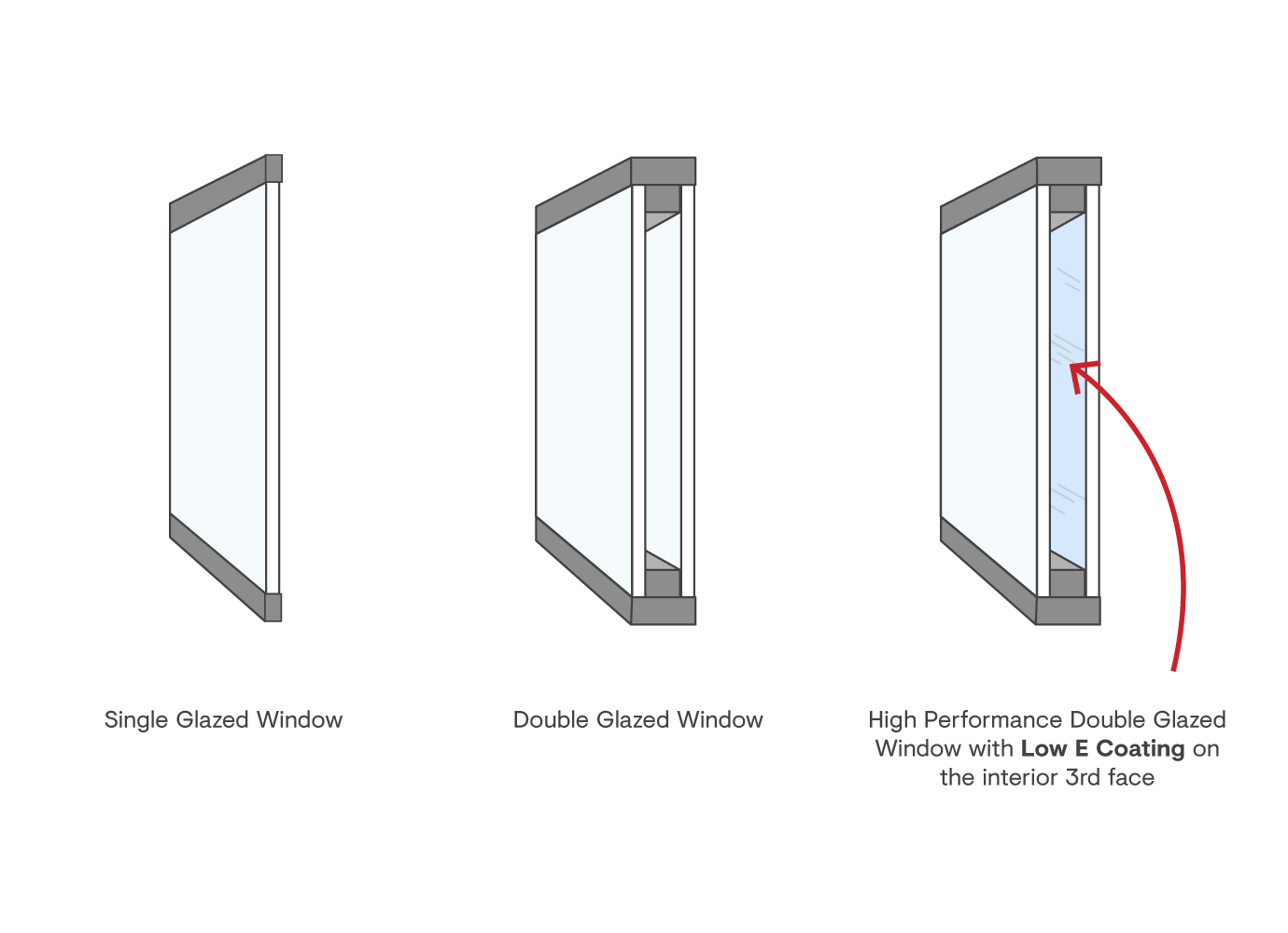All Categories
Featured
Table of Contents
Double-glazing Versus Low-e Glass in Carmel Perth
Glazing just means the windows in your house, including both openable and fixed windows, as well as doors with glass and skylights. Glazing really simply suggests the glass part, but it is typically utilized to describe all elements of an assembly including glass, movies, frames and home furnishings. Paying attention to all of these elements will help you to accomplish effective passive design.

Energy-efficient glazing makes your house more comfortable and dramatically reduces your energy costs. Nevertheless, unsuitable or inadequately designed glazing can be a significant source of unwanted heat gain in summer and significant heat loss and condensation in winter season. Up to 87% of a house's heating energy can be acquired and approximately 40% lost through windows.
Double Glazed Windows Brisbane in Mindarie WA
Glazing is a considerable financial investment in the quality of your home. The expense of glazing and the cost of heating and cooling your house are carefully associated. A preliminary investment in energy-efficient windows, skylights and doors can considerably decrease your annual cooling and heating expense. Energy-efficient glazing also lowers the peak heating and cooling load, which can decrease the required size of an air-conditioning system by 30%, leading to more expense savings.

This tool compares window selections to a base level aluminium window with 3mm clear glass. Comprehending a few of the key properties of glass will help you to choose the very best glazing for your home. Key residential or commercial properties of glass Source: Adjusted from the Australian Window Association The amount of light that passes through the glazing is referred to as visible light transmittance (VLT) or noticeable transmittance (VT).
Windows Of Opportunity: Your Guide To High-performance ... in Hocking WA
This may lead you to turn on lights, which will lead to greater energy expenses. Conduction is how readily a product conducts heat. This is known as the U worth. The U value for windows (expressed as Uw), describes the conduction of the entire window (glass and frame together). The lower the U value, the higher a window's resistance to heat flow and the much better its insulating value.
For example, if your home has 70m2 of glazing with aluminium frames and clear glass with a U worth of 6. 2W/m2 C, on a winter season's night when it is 15C colder outside compared with inside, the heat loss through the windows would be: 6. 2 15 70 = 6510W That is equivalent to the total heat output of a large room gas heating system or a 6.
Single Glazed Vs Double Glazed Windows - Ultimate Guide in Parmelia Western Australia

If you select a window with half the U worth (3. 1W/m2 C) (for instance, double glazing with an argon-filled space and less-conductive frames), you can cut in half the heat loss: 3. 1 15 70 = 3255W The solar heat gain coefficient (SHGC) for windows (revealed as SHGCw) measures how easily heat from direct sunshine streams through an entire window (glass and frame together).
The lower a window's SHGC, the less solar heat it transfers to the home interior. Glazing manufacturers state an SHGC for each window type and style. However, the real SHGC for windows is affected by the angle that solar radiation strikes the glass. This is called the angle of incidence.
Summer Scorcher Predicted, Again! Double Glazed ... in Alfred Cove WA
When the sun is perpendicular (at 90) to the glass, it has an angle of incidence of 0 and the window will experience the maximum possible solar heat gain. The SHGC stated by glazing manufacturers is constantly computed as having a 0 angle of occurrence. As the angle increases, more solar radiation is reflected, and less is sent.
Latest Posts
Reglazing Single Glazed Windows With Double Glazed Units in Yokine Western Australia
Double Glazed Windows in Wattleup Perth
Why You Need Secondary Glazing In The Summer in Viveash Perth